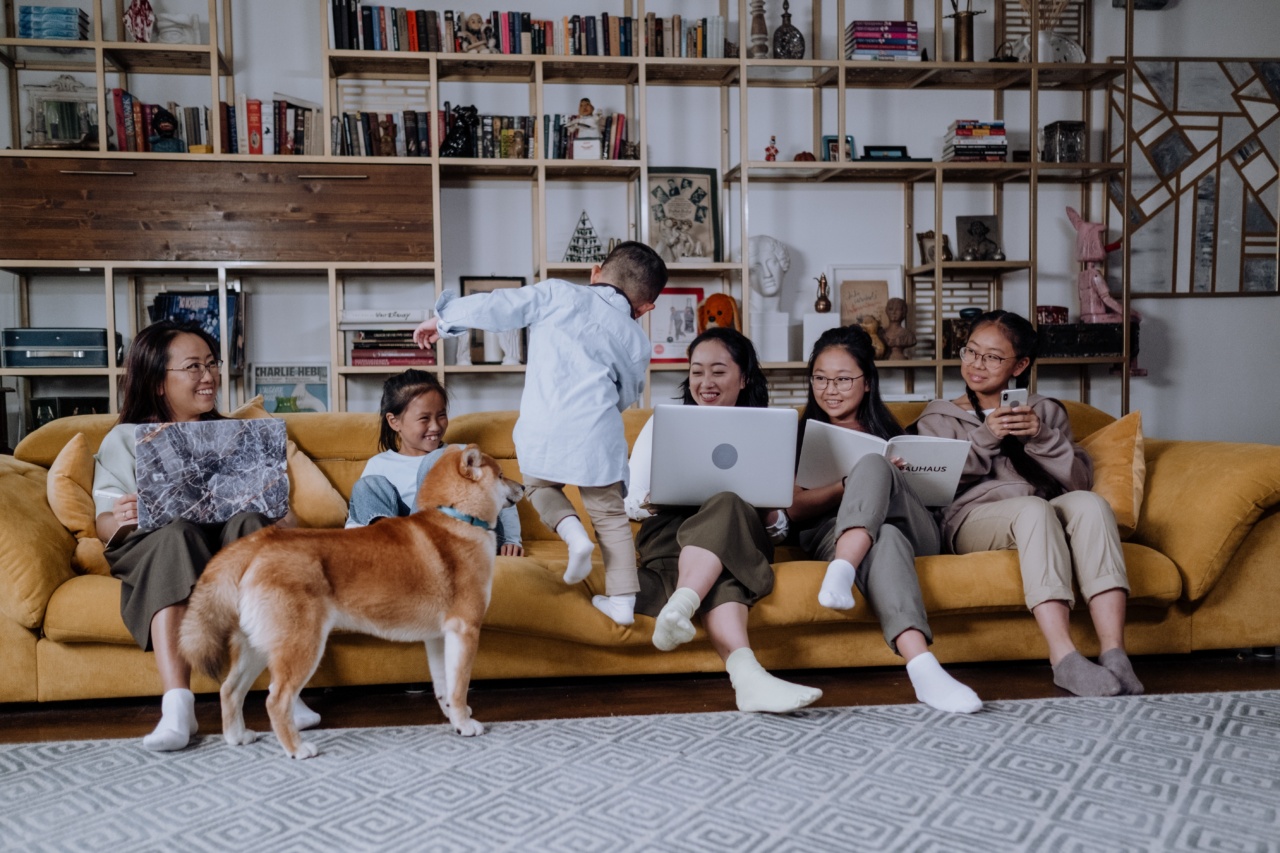As a dog owner, it’s important to establish a strong bond with your furry friend. One way to do this is to learn how to communicate effectively with your dog.
Dogs communicate through body language, vocalizations, and behavior, and it’s up to us to learn how to interpret these signals. Here are some tips on how to understand what your dog is trying to tell you:.
1. Pay Attention to Body Language
Dogs use body language to communicate with each other and with humans. Some common body language signals include:.
- Tail wagging: A wagging tail can indicate excitement, happiness, or even nervousness.
- Ear position: Ears that are erect and forward-facing can indicate interest or alertness, while ears that are pulled back against the head can indicate fear or anxiety.
- Body posture: A dog that is standing upright and still with its head raised high may be feeling confident and assertive, while a dog that is crouching or lowering its body may be feeling fearful or submissive.
- Eye contact: Direct eye contact can be a sign of confidence or dominance, while avoiding eye contact may indicate submission or fear.
2. Listen to Vocalizations
Dogs also communicate through a variety of vocalizations, including barks, whines, growls, and howls. Here are some common vocalizations and what they may indicate:.
- Barking: Dogs may bark to express excitement, fear, or to communicate that they want something.
- Whining: Whining can indicate stress, anxiety, or a desire for attention or affection.
- Growling: Growling can be a warning sign that a dog is feeling threatened or aggressive.
- Howling: Howling can be a form of communication between dogs or a response to external stimuli like sirens or other loud noises.
3. Understand Behavioral Cues
Finally, dogs communicate through their behavior. Here are some behaviors to look out for:.
- Panting: Dogs may pant when they are hot or overexcited, but excessive panting may indicate pain or stress.
- Circling: Circling can be a sign of anxiety, particularly if a dog is circling a specific object or person.
- Licking: Dogs may lick their owners as a sign of affection or to seek attention, but excessive licking can indicate anxiety or stress.
- Jumping: Dogs may jump on their owners to greet them, but excessive jumping can be a sign of overexcitement or a lack of training.
4. Give Positive Reinforcement
One of the best ways to communicate with your dog is through positive reinforcement. This means praising your dog when they exhibit behaviors you want to encourage, like sitting on command or walking calmly on a leash.
Positive reinforcement also involves ignoring or redirecting unwanted behaviors instead of punishing your dog.
5. Take Your Dog’s Personality into Account
It’s important to remember that all dogs are individuals with their own unique personalities.
While there are some general behaviors and body language cues that may be common among many dogs, each dog will have their own way of communicating with their owners. This means taking the time to observe your dog’s individual quirks and tendencies and adjusting your communication style accordingly.
Conclusion
Learning how to communicate effectively with your dog can strengthen your bond and help you build a happy, healthy relationship.
By paying attention to your dog’s body language, vocalizations, and behavior, giving positive reinforcement, and taking your dog’s unique personality into account, you can become an expert in understanding what your furry friend is trying to tell you.


























